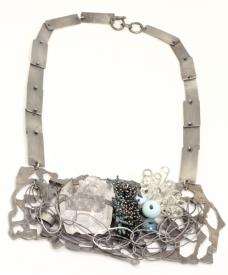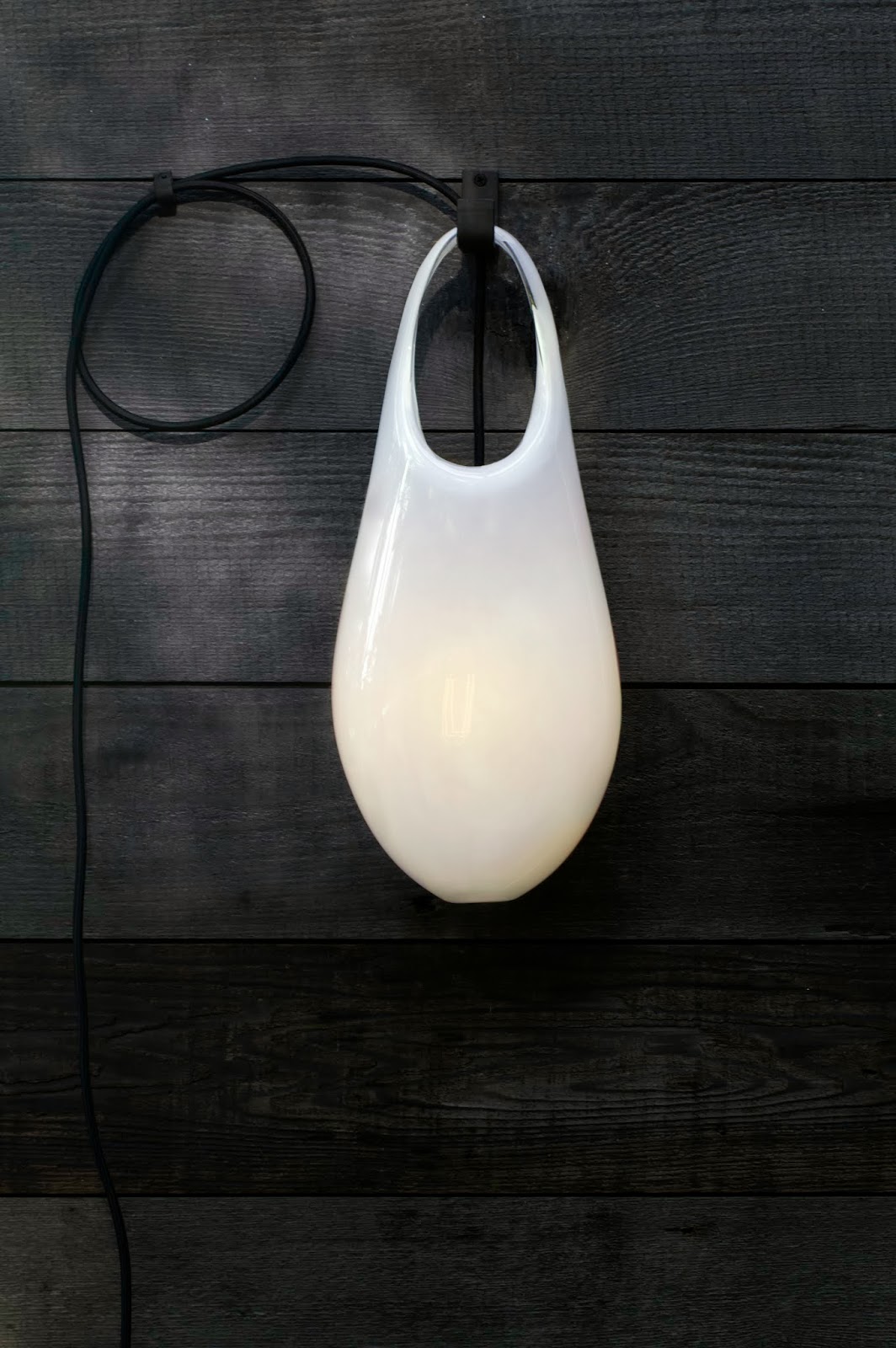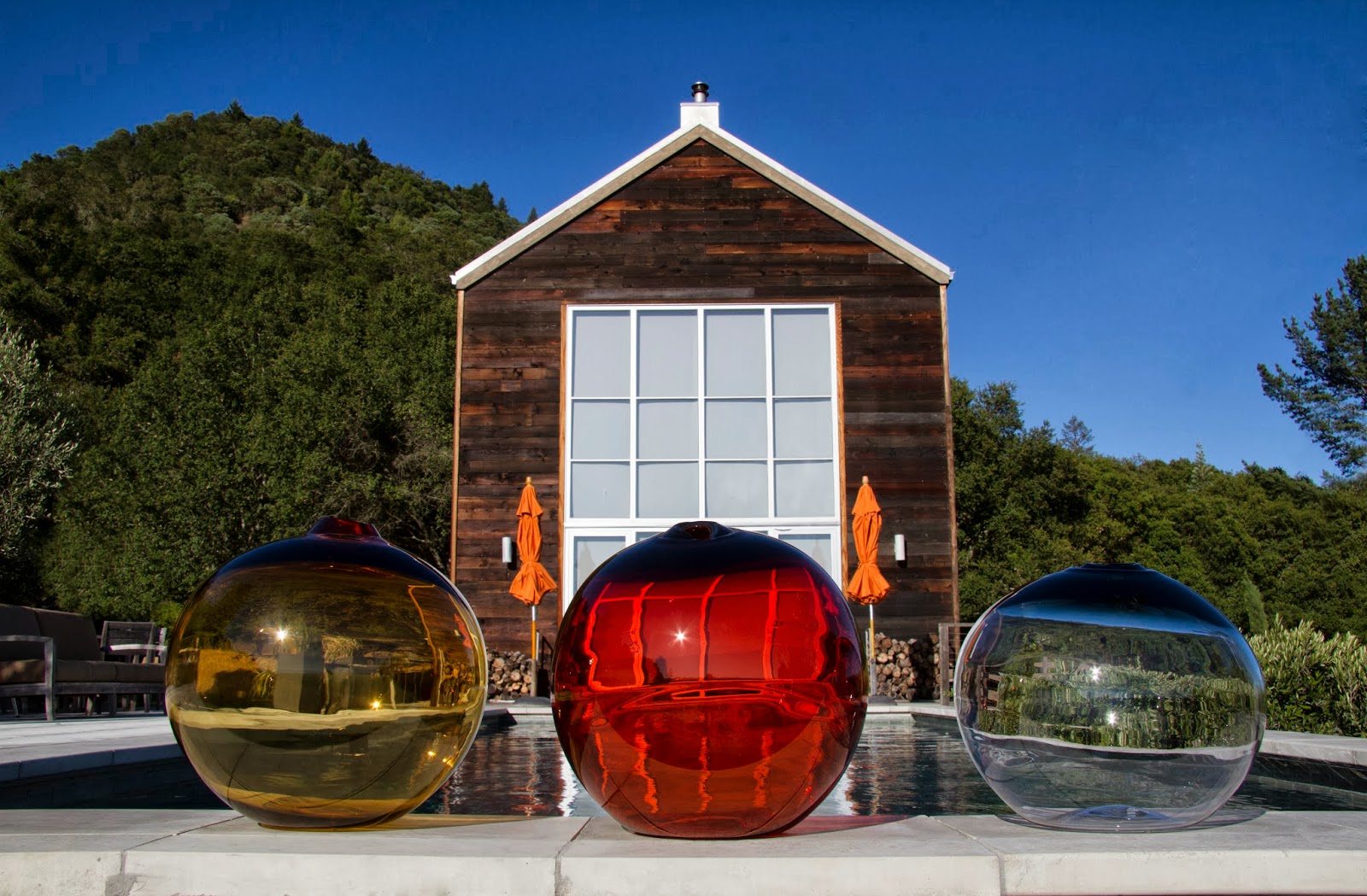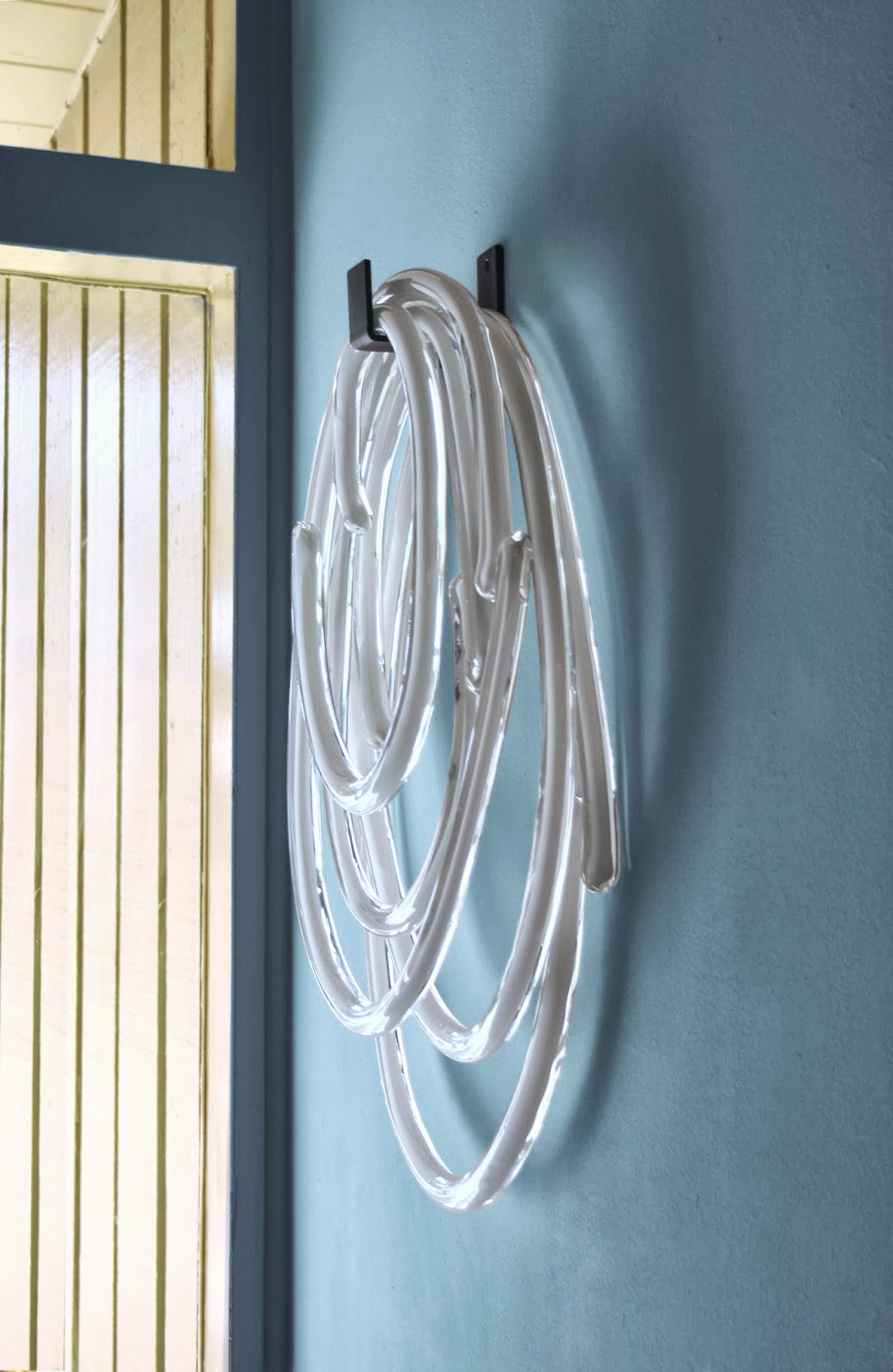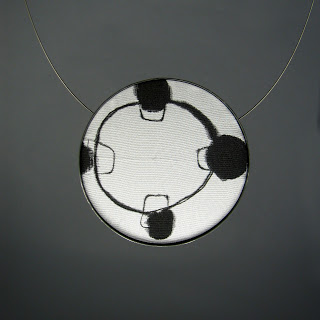Shibumi Gallery, Berkeley, California, USA
Opulence was on display from February 4–24 at Shibumi Gallery, located in Berkeley, California, USA. This exhibition featured works by two British jewelry artists—Polly Wales and Jo Hayes Ward. In this interview, Polly and Jo provide us with insight about their process and the concept behind their pieces.
Missy Graff: Please tell me about your background. How did you become interested in making jewelry?
Polly Wales: I initially studied sculpture, but I couldn't really come to grips with the convoluted language of fine art. It felt so removed. After a few years, I wasn’t sure why I was trying to communicate in what felt like such an indirect form. A few years later, my passion for making drove me back to the university, where I studied jewelry. I loved making for making's sake and making decisions from an aesthetic viewpoint rather than a totally intellectualized one. That said, for the first few years of my jewelry career I was still in pursuit of marrying the two, and it was while I was studying at the Royal College of Art (alongside Jo Hayes Ward) that I began my investigation into casting materials together. I was making jewelry that never had a perfect moment; a moment of shiny newness that heralded, somehow, the beginning of the end; or jewelry that demanded to be kept pristine, polished, and safeguarded. So, I started casting stones inside the metal, creating pieces that always had unique outcomes, and if worn forever and a day, would always be changing and revealing something new, the gold wearing away to reveal the stones buried within. This process became the backbone of my work.
Jo Hayes Ward: I have been making since I was a child. I started making jewelry out of wire and beads using my dad's soldering iron when I was about twelve. Years later, I learned metalwork and silversmithing at art school. I didn't actually make any jewelry until I began working as an assistant with three different London jewelers. This was an invaluable experience that led me to do a masters in goldsmithing at the Royal College of Art in 2004. Upon graduating, I launched my first fine jewelry collection.
Can you please describe the work you are presenting at Shibumi Gallery?
Polly Wales: The pieces that I am showing at Shibumi are a selection from my Classic Crystal Collection, which have stones cast throughout. I also included some of my newer diamond and bridal pieces.
Jo Hayes Ward: I am presenting large structural rings and pendants constructed from hundreds of minute cubic or hexagonal units. Due to the faceting and textures on the units, the pieces catch the light in quite an unusual way and really come alive when worn. Also on display are interlocking hex rings in three shades of gold, again built from a shimmering pattern of angled hexagonal units and set with diamonds.
Jo, your jewelry reflects a geometric and digital aesthetic. What drew you to this style? How does this distinguish you from other artists in the field? Who are your major influences?
Jo Hayes Ward I love to build things, which is essentially what I do when designing jewelry. Early in my career, I discovered Computer Aided Design (CAD). I used it simply because I was unable to achieve the intricate and complex pieces that I wanted to make by hand. I now use 3D computer modeling programs and 3D printing as tools to craft much of my work. My influences are the artists Donald Judd and Sol LeWitt, among others.
Polly, your pieces have an eroded look. What inspires your work?
Polly Wales: The look of the pieces was really an outcome of my experimental investigation into creating new materials. I wanted to create materials that change and evolve as you wear them. That process, in itself, became my sole pursuit. The aesthetic is very much defined by the process of casting the stones in place. It’s a pretty high risk and crazy way to work. I’m always trying to refine what I do and push what is possible at the same time.
Polly, who are your major influences? When I look at the images, I gather they are an eclectic mix of ancient and modern.
Polly Wales: I love Byzantine jewelry, Indian jewelry, and like every British jeweler, I am currently fascinated with the Cheapside Hoard. The women who wear my jewelry have also played a major role in how the collections have evolved. The work has been influenced by seeing how women wear it and live in it.
Were you familiar with each other’s jewelry before being chosen for this exhibition? Do you see any connections between your works?
Polly Wales: Jo is one of my best friends! What we have is pretty unique. We have travelled parallel paths through our careers since we first met at the RCA. However, our work is so different that there has never been anything we haven't been able to share with each other. Jo's work is about meticulous thought and consideration. Everything in her work is exact. The outcomes are defined before leaving the computer screen. On the flipside, my work invites chaos at every step of the way, from making the waxes to the casting. I don't know what will come out until it's finished in front of me. All that said, I think we marry up pretty well. How well our jewelry sits together sums up our friendship nicely!
Jo Hayes Ward: Yes! We met 10 years ago on the first day of college at the RCA, and we have been best mates ever since! At face value, the aesthetics of our works are very different, but I think we tackle similar themes, and we both work with intricate detail and strive to make unique wearable treasures. I love what Polly does. We offer great support to each other.
Can you please tell me about the British jewelry community? Would you describe it as active?
Polly Wales: We have a unique jewelry culture, and it is reflected in our jewelry community. It’s much smaller than elsewhere, and British women do not buy much fine jewelry for themselves. Stepping outside of the UK has been very liberating. It has given me so much freedom. I have found an amazing amount of support and friendship in the US, and that is where I feel like part of a community.
Jo Hayes Ward: There are a lot of very interesting and fantastic designers involved, but the market in the UK is very small and fairly conservative. Over the past couple of years, I have been part of a group called the Rock Vault. We show new work twice a year at London’s Fashion Week. The work is curated by the jewelry designer Stephen Webster and The British Fashion Council. The idea is to make fine jewelry from London more visible in the fashion industry. The venture has given me and the 10 or so other designers a great deal of international exposure. Last summer, we all exhibited at the Couture show in Las Vegas, something I am planning to do again this year.
What are you reading that you can recommend?
Polly Wales: It's been three years since I have read anything of substance. I will start again soon!
Jo Hayes Ward: Nothing right now. There is no time between running the business and family life. I have a two-and-a-half-year old plus a three-month old who keep me busy day and night!
Thank you.
Original article from the AJF blog can be found at:
http://www.artjewelryforum.org/ajf-blog/missy-graff/polly-wales-and-jo-hayes-ward













